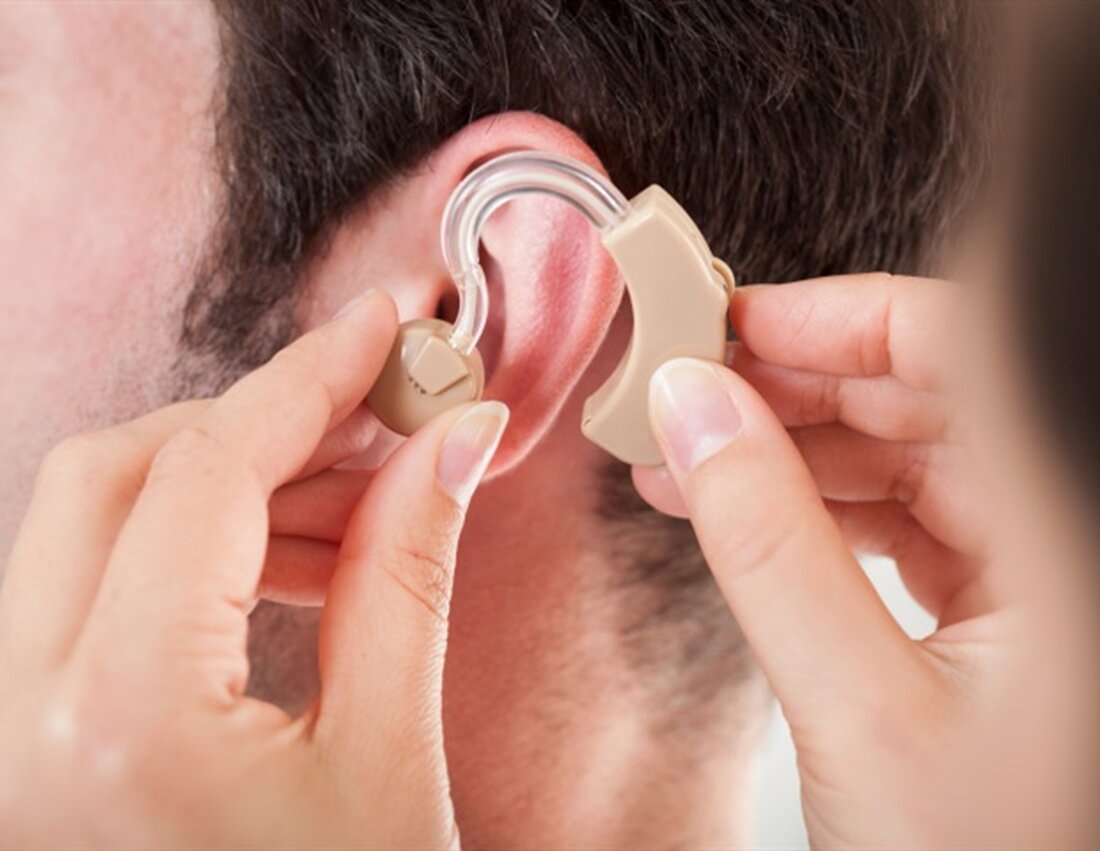Scientists validate a safe surgical approach to the central core of the human cochlea
An international team of scientists and surgeons, including researchers from the University of Sheffield, have validated for the first time a safe surgical approach to the central core of the human cochlea. The study was funded by Rinri Therapeutics, a biotechnology company developing regenerative cell therapies for sensorineural hearing loss (SNHL). A team from Guy's and St Thomas' NHS Foundation Trust in London and the universities of Sheffield, Uppsala (Sweden), Nottingham and Western University in Canada have demonstrated and confirmed a safe clinical route to the inner ear that will enable the use of a range of regenerative therapies to restore hearing. The human cochlea is located in the...

Scientists validate a safe surgical approach to the central core of the human cochlea
An international team of scientists and surgeons, including researchers from the University of Sheffield, have validated for the first time a safe surgical approach to the central core of the human cochlea.
The study was funded by Rinri Therapeutics, a biotechnology company developing regenerative cell therapies for sensorineural hearing loss (SNHL).
A team from Guy's and St Thomas' NHS Foundation Trust in London and the universities of Sheffield, Uppsala (Sweden), Nottingham and Western University in Canada have demonstrated and confirmed a safe clinical route to the inner ear that will enable the use of a range of regenerative therapies to restore hearing.
The human cochlea lies in the base of the skull, surrounded by the hardest bone in the human body. This has hindered progress in discovering new treatments for hearing loss.
Using a detailed representation of the microanatomy of the peripheral auditory nerve structure, surgeons could now safely access the human cochlea using a routine surgical approach.
Marcelo Rivolta, Professor of Sensory Stem Cell Biology at the University of Sheffield and founder of Rinri Therapeutics, said: "Until now, this region of the inner ear has been inaccessible to humans. This means that the groundbreaking advanced therapies to repair the auditory nerve, which have already proven successful in animal models, have been hindered by limited anatomical knowledge and the lack of safe access to the ear Rosenthal canal – the compartment in which the auditory neurons are located in the central nucleus of the cochlea.
“We believe these findings will have immediate implications both for our understanding of the microstructure of the inner ear and for the first-in-human trials of new cell, gene and drug therapies to improve hearing loss and deafness.”
We are pleased to have been able to work with teams around the world to fund this groundbreaking research.
People with severe hearing loss often suffer tremendous negative impacts on their quality of life and withdraw from their communities because their disability interferes with interaction with others. This research now paves the way for the successful delivery of our regenerative cell therapy for hearing loss, which will have a significant positive impact on healthcare systems and economies around the world.”
Dr. Simon Chandler, CEO of Rinri Therapeutics
E-Book Antibodies
Compilation of the top interviews, articles and news from the last year. Download a free copy
Professor Dan Jiang, Director of the Hearing Implant Center at Guy's and St Thomas' Hospital and Chief Investigator of the project, said: "This research provides ear surgeons with intuitive knowledge about the targets of future cell, gene and drug therapies, and will enable them to achieve these goals safely, as they have learned."
Gerry O'Donoghue, Professor of Otology and Neurotology at the University of Nottingham and Clinical Advisor to Rinri Therapeutics: "The inaccessibility of the human cochlea has hampered the progress of curative treatments for SNHL to date. However, these findings will enable the safe delivery of regenerative therapeutics to their target structures within the relatively impenetrable human cochlea enable, reduce the risk of future clinical interventions and pave the way for clinical trials.”
Professor Sumit Agrawal from Western University in Canada said: "We are pleased that our data could contribute to such an important piece of research that will enable significant advances in clinical trials and treatment of sensorineural hearing loss."
The study, published in the latest issue of Scientific Reports, was funded by a grant from Rinri Therapeutics in collaboration with the Swedish Hearing Research Foundation. Scientists from the University of Nottingham led the research with support from the Universities of Sheffield and Uppsala in Sweden, which carried out all modeling and imaging for the project. Surgical validation was led by surgeons from Guy’s and St. Thomas’ Hospital in London.
The project relied heavily on scan data provided by Western University in Canada. Scientific Reports is a highly respected peer-reviewed journal with rigorous selection criteria that publishes original research from all areas of science, including medicine. It is the fifth most cited journal in the world.
Source:
.

 Suche
Suche
 Mein Konto
Mein Konto
